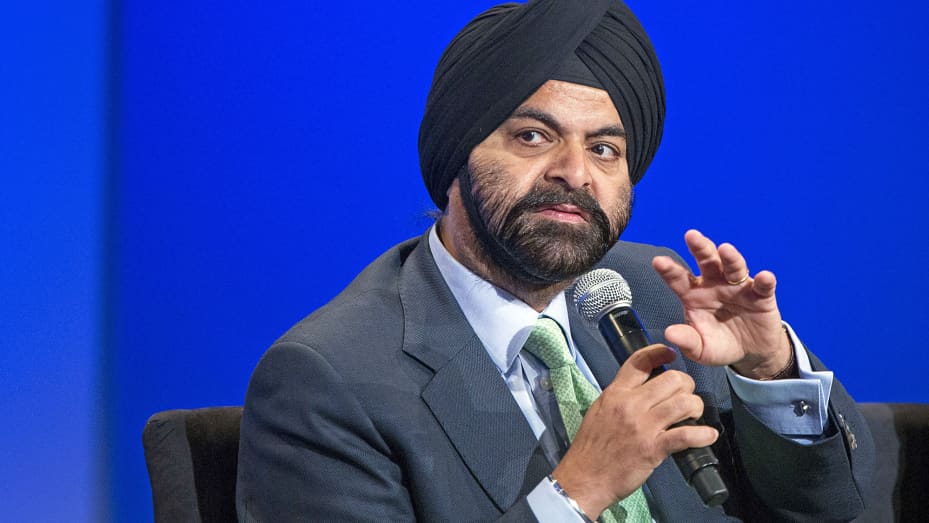World bank Group has said that “the world’s poorest countries face ballooning debt service payments, record high refinancing costs, limited access to markets, and severely reduced capital inflows”. It said that without action, 2024 will see a further rise in debt vulnerability, potentially leading to reversals in development outcomes. According to the multilateral financial institution “In this context, the current global debt relief architecture has focused mostly on countries with solvency problems, including under the Common Framework, and that indeed remains critical. However, less attention has been placed to a particular group of countries: low income and lower middle-income countries that are likely to experience temporary liquidity pressures in 2024 and 2025 in the context of a very high level of external debt repayments.
“These countries do not yet have solvency problems, and thus are not candidates for the Common Framework or for full-fledged debt restructuring. But they need urgent liquidity support in 2024-25 to mitigate the significant external debt roll-over risks they face. While this is a subset of a larger problem in terms of debt vulnerabilities, without help, liquidity issues may turn into solvency problems. This, in turn, would exacerbate risk perceptions for this type of countries further limiting capital inflows and accelerating outflows. Moreover, it would expand the large number of countries already under debt distress and increase solvency problems.
Already in 2022, we saw capital outflows away from developing countries as the private sector retrenched, while debt service payments continued. Sentiment toward larger emerging economies with strong track records in the market may be improving in 2024, but these improvements are not likely to spread to poorer countries where the needs are the greatest.
“In 2023, low-income economies and selected lower middle-income countries labelled as IDA-countries by the World Bank due to their access to that highly concessional facility, paid an estimated $74 billion in external debt payments on their public and publicly guaranteed debt. This represents an annual increase of over 45 percent compared to 2022, partially reflecting the resumption of payments following the Debt Service Suspension Initiative, among several other factors. When combined with debt service on domestic debt, total 2024 payments toward debt service for these countries are expected to be over $185 billion, or roughly 7.5 percent of their combined GDP. This figure is higher, on average, than their combined public spending on health, education, and infrastructure. This is happening while fiscal space has been mostly eroded.
“Making the situation more challenging, financing conditions are tight and interest rate levels are prohibitively high for many low income and lower middle-income countries which have constrained or even no access to global debt markets. In 2023, average spreads on Sub-Saharan Africa bonds stayed above 1,000bps. As interest rates rose in advanced economies, private investors turned away from frontier markets toward lower risk assets in advanced economies where they could cash in historically high returns. Other inflows, especially syndicated loans, have also declined drastically. Broad-based liquidity support for low-and lower middle-income countries may be needed to help mitigate the net negative debt flows in these countries.Some official creditors have stepped up, including the World Bank. IDA has been providing significantly large, net positive, highly concessional flows since the Covid19 pandemic. But more is needed. Multilaterals could use available cheap and concessional resources to support external debt rollover through credit enhancements, facilitate market-friendly liability management operations, in addition to providing net positive flows.
“In some cases, there could also be opportunities to strategically use debt for development swaps, and help countries smooth their debt amortisation profile, while supporting high-impact development projects. Yet, the liquidity and development financing needs are vast, and thus all these solutions need to be complemented with fresh resources. Countries could in turn enact needed fiscal reforms, pursue climate action measures and projects, and make progress on the Sustainable Development Goals”.

